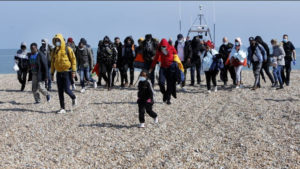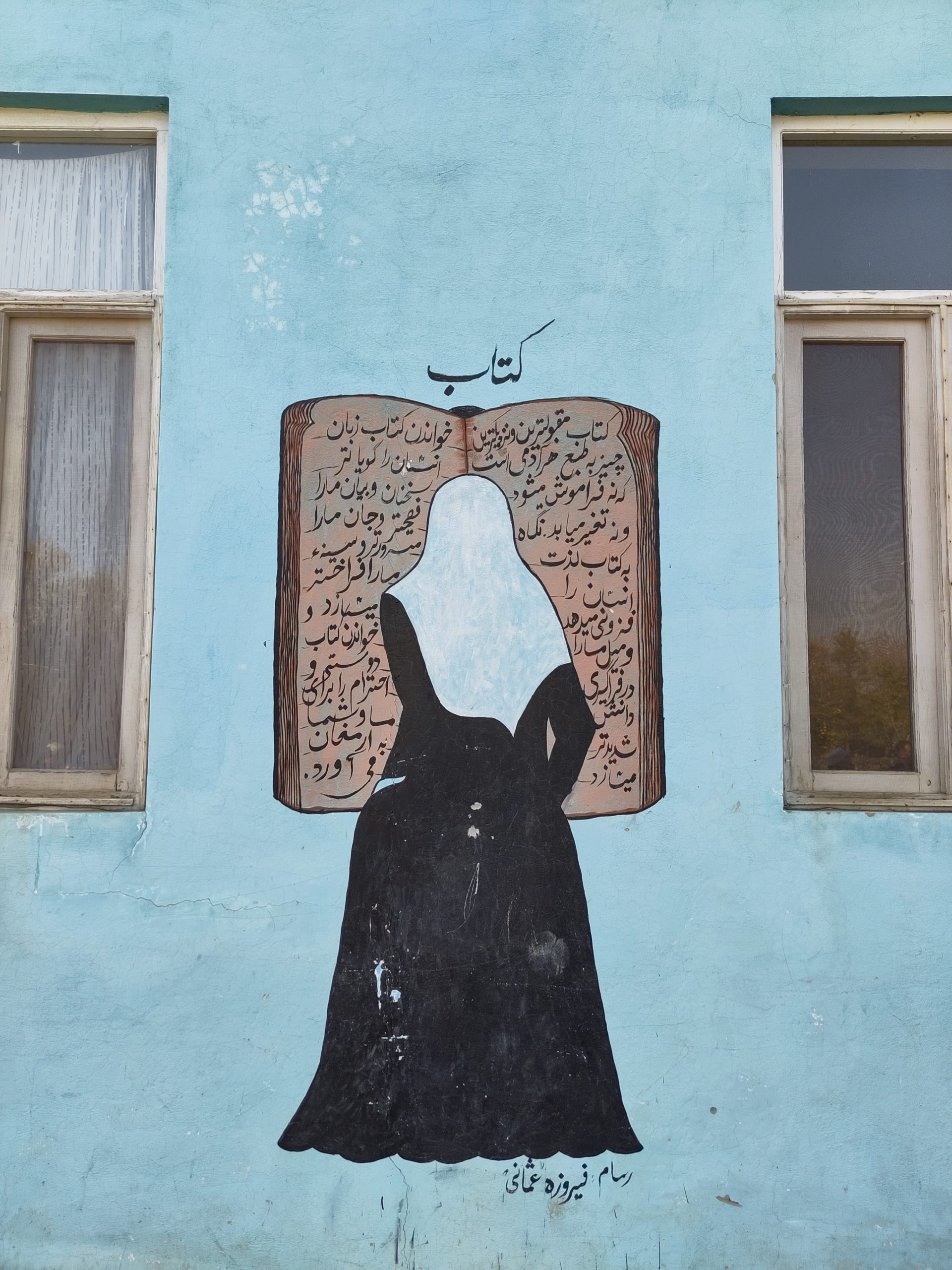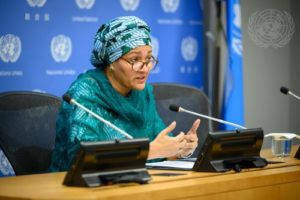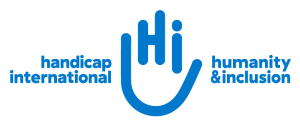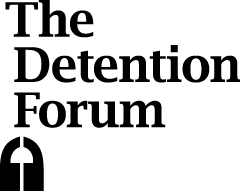All Eyes Still on Afghanistan
The image for our Newsletter, this month, is a freeze-frame taken from www.longwarjournal.org and used in the UAI infographic on Afghanistan
18 September 2021
In the past few weeks, the global spotlight has been, understandably, on Kabul airport and the scramble to leave the country by Afghans who worked for the US-led military coalition and other foreign organisations, as well as urban dwellers who fear that their professions and lifestyles will mark them out for retribution by the Taliban. By 9 September, 27 governments (Sky News) had reported having received a total of approximately 130,000 people evacuated from Afghanistan by air. Of these, at least 40 percent, or 50,000, are known to be Afghans but some countries have not yet published details of how many evacuees were Afghans and how many were their own nationals.
An unknown number of other Afghans, probably in the low tens of thousands, have left the country across the land borders in recent weeks. Many others, who were eligible for evacuation, were unable to reach the airport in time. The International Rescue Committee (IRC) estimates that more than 300,000 Afghans, who remain in the country, may be at risk of reprisals and be seeking to leave. UNHCR estimates that about 500,000 Afghans may leave the country before the end of the year. If we add all these numbers together, it comes to about one million people, or about 2.6 percent of the total population. So, at least 37 million people are likely to remain in the country and face the coming winter under the new government and those who leave are more likely to be professionals and people with the technical skills the country will need to avoid an economic catastrophe.
On 13 September, the UN Secretary-General convened a high-level Ministerial meeting on the Humanitarian Situation in Afghanistan.
In its note for the meeting, OCHA wrote:
“The country faces an extremely dire situation and is confronted with protracted conflict, severe drought and the COVID-19 pandemic in a context where some 18 million Afghans – almost half of the population – were already in need of aid. More than 550,000 people have been displaced in the country since January 2021. One in three Afghans is experiencing crisis or emergency level of food insecurity, and more than half of the children under age 5 are at the brink of acute malnutrition. The severe drought is compounding the humanitarian crisis, and the upcoming winter conditions are expected to be harsh.
The UN remains committed to deliver impartial humanitarian assistance and protection to millions of people in need. Development gains must also be protected to link the humanitarian response with Afghanistan’s medium- and long-term stability. Women’s and girls’ rights, safety and wellbeing are an essential part of that link.
It is crucial for the international community to take swift action to ensure that the people of Afghanistan have unimpeded access to life-saving assistance, and that humanitarian funding to support them is scaled up.”
At the meeting, the UN appealed for an additional $606.3 million to meet urgent needs until the end of 2021. Pledges totalling over $1 billion were received, but it remains to be seen how many of the pledges were new money and can be translated into actual relief assistance in the months ahead.
In a detailed report for AAN (the Afghanistan Analysts Network), ‘ Afghanistan’s looming economic catastrophe: What next for the Taliban and the Donors’, Hannah Duncan and Kate Clark lay out, in forensic detail, the components of this appalling situation.
Click on the link below to access their article.
What is to be done?
In their article for Chatham House, ‘Backing the UN Can Help Afghans facing a tough winter’, Mark Bowden and Martin Barber, of UAI, argue that the UN is well positioned to play the role of trusted intermediary between the new authorities in Afghanistan and governments, civil society organisations and individuals who want to help ordinary Afghans get through this most difficult period in their history. This will require a huge effort of leadership and advocacy by the UN’s Secretary-General, Antonio Guterres, and the UN’s newly-appointed Emergency Relief Coordinator, Martin Griffiths.
To read the article by Mark and Martin click on the link below.
https://www.chathamhouse.org/2021/08/backing-un-can-help-afghans-facing-tough-winter
A second and vital strand of the international effort must be focused on work to re-open the banks, transfer funds belonging to the Afghan Government, so that civil servants, doctors, teachers, and others can begin to receive their salaries.
These efforts on the humanitarian and economic fronts need to be complemented on the political side. For once, the five permanent members of the Security Council would seem to have a common interest in minimising the negative consequences of the Taliban take-over. Civil society leaders around the world need to insist that their governments shape up and recognise the importance of engaging with the new administration in Kabul, to ensure that the humanitarian and economic emergencies facing the peoples of Afghanistan and their neighbours are addressed.
While these efforts are going on, every avenue must be explored that will help Afghans to retain the advantages in education and human rights that they accrued in several parts of the country over the past 20 years. This community effort will have many components. One of them, where international NGOs are negotiating arrangements with the new local authorities in different parts of the country to allow their female staff to work, as a pre-condition for resuming their operations, is already showing some signs of success. These international NGOs can also provide employment opportunities in their humanitarian aid programmes for qualified women whose jobs in other sectors have come to an end. This can be part of a comprehensive effort to encourage Afghans with the technical capacities that the country requires, to remain, offer their skills, and thereby limit the worst impact of a ‘brain drain’.
While there is a lively debate outside Afghanistan about the wisdom of ‘engaging’ with the Taliban, failure to do so at least in relation to urgent humanitarian needs will inevitably lead to even more suffering and needless deaths during a harsh winter. The humanitarian community has considerable experience in negotiating with the Taliban. They can put this experience to good use.
On 31 August, UAI and the University of Edinburgh collaborated on an all-woman panel discussion entitled ‘What Next for Afghanistan: Evolving implications for safety, gender equality and urgent humanitarian action.’ The purpose of this event was to open and broaden a discussion on this fast-moving crisis and facilitate a more nuanced understanding of the situation in Afghanistan and to highlight the dangers of knee-jerk reactions that portend harm for Afghans.
All three female panellists, Sippi Azarbaijani-Moghaddam, Aunohita Mujumbar and Norah Niland have worked in, and on, Afghanistan for a total of 40+ years; their presentations contributed to a useful and energetic discussion on current and potential realities facing Afghans in and outside the country. All underlined the importance of not diluting engagement with Afghan civil society actors nor treating the country as a pariah state as this would be greatly detrimental and add to the 50% of the population that is already at-risk and in need of humanitarian action for survival.
At UAI, we believe that we have two important assets: one is the combined experience of our senior members of humanitarian work in countries like Afghanistan during the past three decades, while the other is the skills and commitment of younger members determined to spread the word about atrocities being perpetrated against civilians in conflict and against refugees. They recognise the need for immediate action to prevent a humanitarian catastrophe in Afghanistan during the coming winter. An example of how these new skills can be put to good effect is in the Infographic that can be viewed below.
Designed by Kaitlin Kaye of Edinburgh University, with help from Andrea Vejtorp-Birch of Dundee University, this graphic charts the rapid advances of the Taliban in June, July, and August, reminds us of the considerable humanitarian needs identified before the Taliban victory for Afghans remaining in the country, and shows how these needs are expanding dangerously, as the country confronts the closure of banks, the freezing of assets held abroad, and the loss of thousands of jobs.
Use the link below to access ‘What is Going on In: Afghanistan’
And finally, we urge you to read one of the most remarkable pieces of recent reporting from Afghanistan. In “The other Afghan Women”, published in The New Yorker on 13 September 2021, Anand Gopal presents interviews with Afghan women from villages in Helmand province, recounting the extraordinary and heart-rending accounts of loss, fear, and resilience in the face of 40 years of ever-present war.
Can we imagine what life has been like for Shakira and her friends?
